#pagan Poland
Explore tagged Tumblr posts
Text

Slavic Gods by Viktor Kryzhanivskyi - Rod
#pagan Poland#polish gods#slavic#slavic gods#bogowie słowian#polscy bogowie#słowiańscy bogowie#pogaństwo#poganie#słowiaństwo#słowianie#życie słowian#polish pagan polytheism#polish gods
3 notes
·
View notes
Text

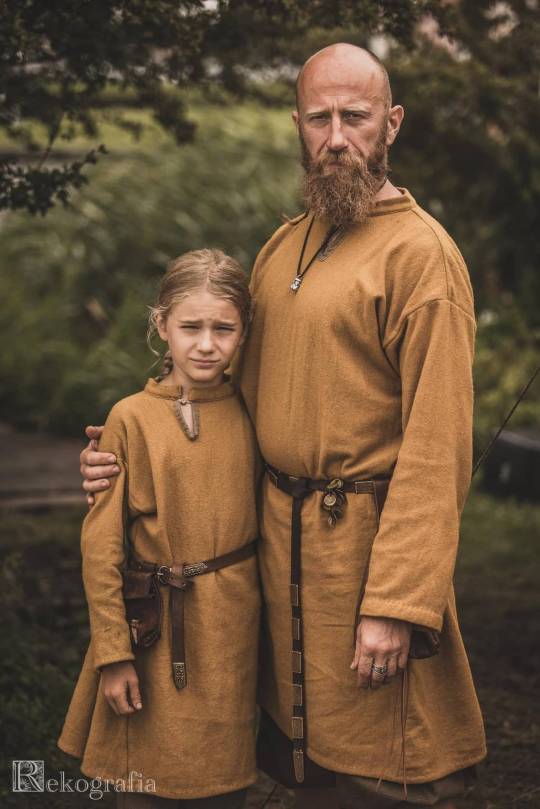


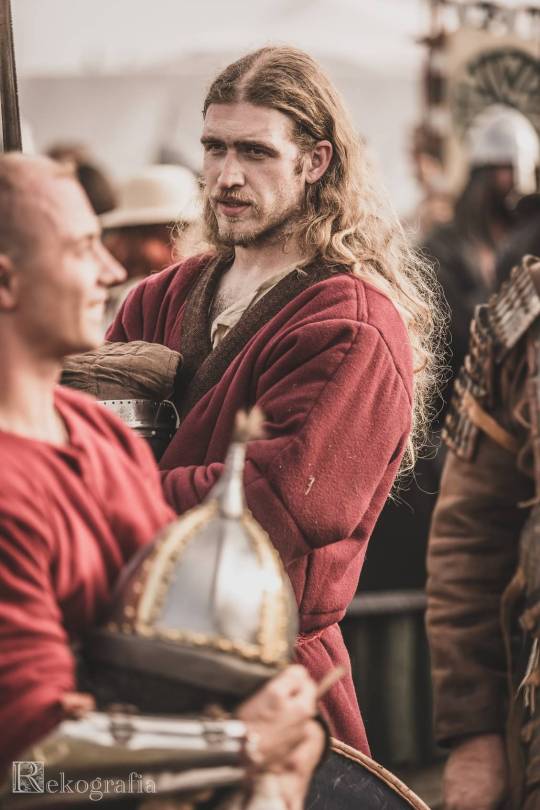

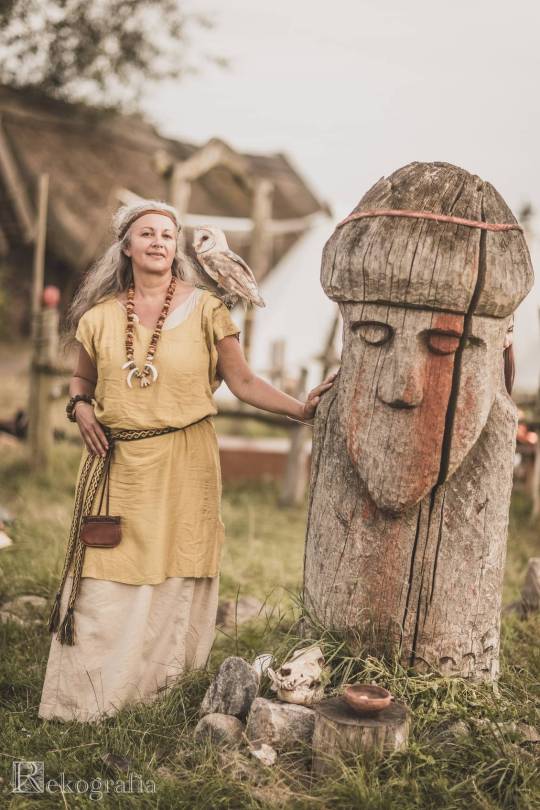

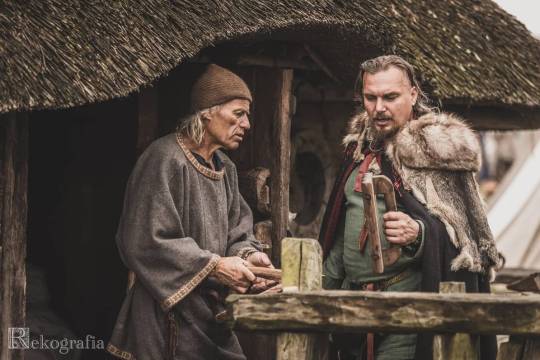
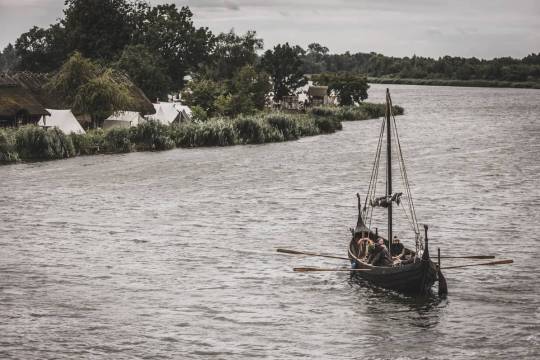
Slavs and Vikings Festival in Wolin, Poland
The Slavs and Vikings Festival is one of the largest early-medieval events in the world. There are archery and spear-throwing competitions, games and contests for kids, craft-making presentations demonstrating how jewelry, coins, horns, and amber were created, live music, readings, and much more.
Wolin is a town located on Poland’s largest island (of the same name) on the coast of the Baltic Sea. It's a City of History, whose glory days date back to 1000 years ago. In the early Middle Ages, it was one of the largest and most powerful cities in this part of Europe, and ranked among the most important ports of the Baltic Sea. Wolin is considered to have been the gateway through which Scandinavians traveled southwards from the Baltic Sea to inland Piast state.
#festiwal słowian i wikingów#slavs and vikings festival#wolin#poland#slavic#slavs#vikings#slavcore#scandinavia#piast dynasty#pagan witch#pagan#paganism#nordic#viking#european culture#middle ages#baltic sea#medieval#reenactment#*
103 notes
·
View notes
Text
Everytime a slavic mythical creature/deity is watered down as "Russian folklore", a babushka spills her kompot...

#pagan#digital temple#paganism#slavic#slav#slavic folklore#slavic mythology#slavic pagan#slavic paganism#folklore#serbia#russia#poland#ukraine#folk magic#croatia
81 notes
·
View notes
Text

33 notes
·
View notes
Text
It's so insane how Poland, for a revoltingly Catholic country that it is, remains so very pagan about it.
Like you look at these 'Catholic' holidays and you think 'the Church did NOT come up with that'.
We have a holiday which's name roughly translates to 'Mother of God, Herbal' where, traditionally, you make a bouquet out of herbs, flowers, wheats and fruit [yes, fruit. Where I'm from people would impale an apple on a stick and use it as a centerpiece of the bouquet or pick rowan berry branches and place them around, but it's also common to use a twig of hazelnuts or late cherries], preferably from your own garden, basically including everything you want to grow beautifully for the year, and you bring it to the Church for a special mass which blesses your harvest. Traditionally those bouquets are to include medicinal herbs, like cornelians, thyme, absinthes, tansy or bullweed flowers, and most still do.
That is not Catholic.
That is old Slavic.
This was here when the Catholics came, and I pray to the land that it will still be here when someday they're finally, miraculously gone.




#my post#paganism#pagan traditions#slavic#slavic paganism#history#polish traditions#poland#polish posting#polish art#matki boskiej zielnej#tw catholicism#fun facts#herbs#herbalism#natural herbs#medicinal herbs#plants and herbs#fresh herbs#flowering herbs#healing herbs#gardening#harvest#harvest celebraton
10 notes
·
View notes
Text
SLAVIC PAGANISM VIBES
Perun feels like when an uncle asks you to go to his house to escape a bad environment.
Rod feels like a family gathering with cousins you haven't seen in years.
Veles feels like a friend that is silly most of the time but sometimes is very serious.
Morana feels like when an aunt is backing you up in an argument with your mother.
Mokosh feels like covering yourself with a blanket in your babushka's old house.
Vesna feels like finding a unique flower in a field and admiring its beauty.
Baba Yaga feels like that one friend who is cold or mean, but just wants the best for you and isn't afraid to criticize your wrongs for your own growth.
Dajbog feels like walking into sunlight after sleeping for 10 hours and feeling slight headache and warmth.
Stribog feels like dipping your legs in a clean river stream as a child, and seeing the same river now polluted, years later.
Triglav feels like standing up for your friends and getting hurt, but still not regretting it.
LIKE FOR PART TWO PLS ❣️❣️❤️❤️
#slavic polytheism#slavic mythology#slav#slavic#slavic paganism#rodnovery#serbia#russia#poland#mythology#pagan#paganism#deity worship#deity work
41 notes
·
View notes
Text


Ukrainian refugees celebrate the Ivan Kupala holiday in Warsaw, Poland. June 2024.
#ukrainian culture#slavic culture#slavic#pagan#eastern europe#european culture#poland#ivan kupala#june#2024#2020s#europe
18 notes
·
View notes
Text
Ngl it’s kinda funny to see hetalian discourse about Poland, Lithuania and christianity, because it’s somehow always like this - Poland christianizes, everyone is happy and cool with that and IMMEDIATELY BECOME EXTREMELY RELIGIOUS and then this poor lithuanian pagan boy straight from the woods is forced to go to church ;<
36 notes
·
View notes
Text

Venedae – Venedae (1998), Poland 🇵🇱
10 notes
·
View notes
Text
Introduction
Hi! I am your local slavic girlie!! But you can also call me Sava! I am 18 years old and i go by she/her. I am serbian!
This blog is gonna be about:
Slavic countries and culture 🇷🇸🇷🇺🇸🇮🇸🇰🇧🇬🇵🇱🇨🇿🇭🇷 +others
Slavic mythology
Slavic memes
And much more!!!
Disclaimer: i do not condone racism, hate, bigotry, and xenophobia. And especially THOSE bad political ideologies. If you support any of those, the door is here 👉🏻🚪
#slavic#slav#slavic mythology#slavic paganism#slavic culture#slavs#south slavs#serbia#srbija#yugoslavia#ex yu#russia#poland#culture#folklore#europe#european
8 notes
·
View notes
Text
Current Obsession:
19th and 20th c. American Deep Southern History
Nordic Paganism
Nazi German History (always)
Poland (random Ik)
Judeo-Christian Mysticism
#history#american history#nordic#paganism#deep south#poland#mysticism#historian#current obsession#looking for moots#academia
5 notes
·
View notes
Text
Slavic myths about the creation of the world

The World Tree
The Slavic World Tree is an oak, a sacred tree that is incredibly important throughout Slavic mythology. At its roots is Nawia, the realm of the dead/underworld. Here, the god Weles (Veles) dwells. The trunk of the tree is Jawia, the realm of the living. And among the branches is Prawia, the realm of the gods, ruled by the thunder god, Perun.
It used to be at the beginning of the world –
Then there was no sky or earth,
No sky nor earth but the blue sea,
And in the middle of the sea on oak
Two pigeons were sitting.
Two pigeons on an oak tree
They held such a council,
Happy debated and cooed:
How can we create the world?
We will fall to the bottom of the sea,
We'll bring out the fine sand
Fine sand, blue stone.
We will sow fine sand,
We will pick up the blue pebble.
From fine sand - black earth,
- icey water, green grass.
From the blue stone - the blue sky,
Blue sky, bright sun,
Bright sun, bright moon,
bright moon and all the stars
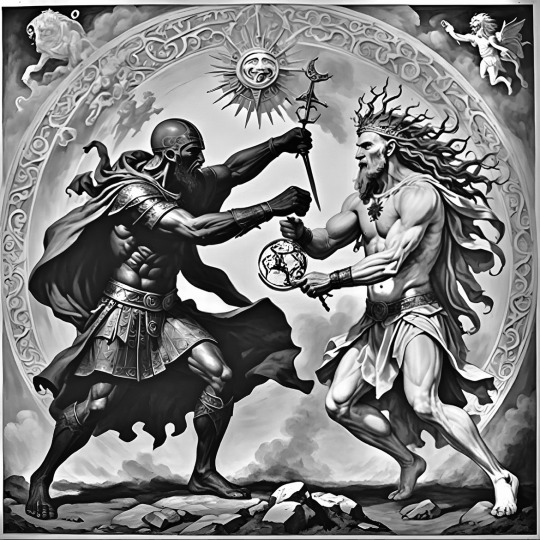
Białobóg I Czarnobóg
In the beginning, there was nothing but the sky, the sea, the God (Białobóg) who sailed by boat and the devil (Czarnobóg) emerging from the sea foam, who sat down to God. The idea of creating the Earth was suggested to God by the devil, who could not do it by himself alone. The devil immersed himself and brought out a handful of sand from the bottom. God threw it on the water and created the beginning of the Earth so thin that they both barely fit on it. God and the devil inhabited the Earth, the devil thought to push the sleeping God into the water, but he contributed to the expansion of the land from the side of God, from the east and from his own side, from the west. Both creators started a dispute that ended up with God going to heaven and knocking down the devil, who also went there, by lightning into the abyss.

The Cosmic Egg
Rod created the magical golden egg. The crust broke and out of the egg left Svarog, Lada and Chernabog. Svarog married Lada and then fell asleep. During his dreams, he saw the entire world, the perfection of it, its beauty and he didn't want to wake up. His wife desperately wanted him to open his eyes again so she gave birth to everything he dreamt of. While she was doing that, Chernabog silently watched. He grew envious of Svarog's beautiful world to be and he sat out to destroy it. But then Svarog woke up and threw him away.
He then stood marveling the perfection of the world. He decided to come to the centre of the world where he found the white stone Alatir. He decided to turn it into his forge. He created more weapons to fight Chernabog if he was to return.
And, oh, he was. But now as a dragon with hundreds of heads and an iron tail. Svarog couldn't fight him alone so he forged more gods to help him. The first one was Dazhbog, the god of Sun. Then Stribog the god of wind. And finally, Semargl, the god - dog of fire.
Combined together, the powerful gods defeated dragon Chernabog and used him as a bull. Namely, Svarog forged a plow and the gods made Chernabog pull it. The large canyon he made was the border that separated the world. The world where gods live is Prav and the dark realm of Chernabog is Nav. The only thing that connects them is Kalinov bridge which will later be used by souls who passed away.
The gods decided to move up and live in the Sky. So they made Lada give birth to a magical Oak, the world tree. Oak's branches were holding the sky, its trunk became Yav, the visible world and its roots grew down to Nav enabling evil things to climb up to Earth and Heaven just to fight gods in desperate need to continue the mission of Chernabog.
#ancient gods#slavic#słowianie#słowianin#słowiaństwo#creation of the world#slavic creation myth#poganie#pogaństwo#pagan Poland#polish gods#slavic gods#polscy bogowie#słowiańscy bogowie#Polish pagan gods#pagan polytheism
2 notes
·
View notes
Text
With a dance step…
We move forward with a dance step towards something new. This year many new things such as a new album "Godeonia" or …20th anniversary of GOTARD :)










#gotard#worldmusic#chillout#relax#world#inspired#photography#medieval#middle ages#cosplay#cosplaying#medieval monks#light as a feather#hope#never die#bandcamp#electronic music#norse paganism#viking#forest#dancers#dance#poland#music#indie music#world fusion#happy new year#music photography#music bands#anniversary
6 notes
·
View notes
Text
Bigger, more popular cultures around the world are cool.
But you, you are special to me 🇷🇺🇧🇾🇺🇦🇷🇸🇭🇷🇧🇦🇲🇪🇲🇰🇧🇬🇸🇮🇸🇰🇨🇿🇸🇰!!!
#slavic pagan#slavic paganism#slav#slavic folklore#slavic mythology#slavic#folklore#slavic culture#culture#europe#serbia#russia#poland
21 notes
·
View notes
Text

32 notes
·
View notes
Text
daily reminder that despite still popular belief, jagiello's and jadwiga's relationship wasn't as cold and distant as many could think. first of all, it's worth to mention that modern historians lean towards the version that jagiello was just in his twenties when he married jadwiga. he was jealous af (just like with his all other wives excluding elizabeth of pilica) but! they actually liked each other!! they had similar hobbies (both loved hunting) and i personally think that the fact that they both were “strangers” in polish kingdom (jadwiga was hungarian, raised in buda and jagiello was lithuanian) could even helped them form some kind of bond. jagiello trusted her enough to always seak her advice and even sent her to reconsile his feuding relatives. yes, he travelled a lot (what he had to do if he wanted to keep personal union with lithuania and the whole kingdom in peace), but jadwiga often was going out to meet him in korczyn or niepołomice. they even celebrated the 10th anniversary of their marriage. we know that after jadwiga's death he was wearing her wedding ring the rest of his life!! HE NAMED HIS DAUGHTER AFTER HER. maybe it wasn't a relationship full of love and passion, but rather companionship, but still. THEY. DIDN'T. HATE. EACH. OTHER.
#korona królów#jadwiga andegaweńska#history#jadwiga of poland#władysław jagiełło#i'm sick of hearing and reading this bullshit#“but he was a brutal pagan that didn't respect her and she was soo unhappy in this marriage🥺🥺🥺”#how about you stfu
8 notes
·
View notes